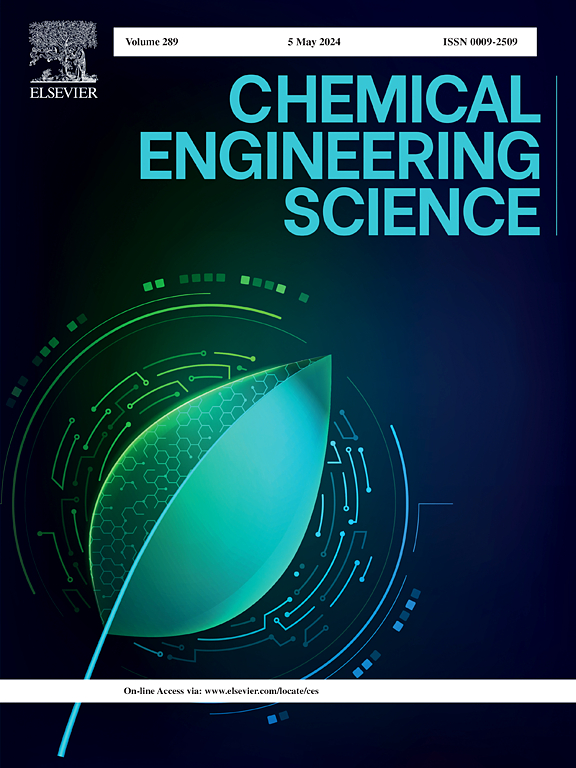Field-effect control of ion transport of power-law fluids in a pH-regulated nanochannel
IF 4.1
2区 工程技术
Q2 ENGINEERING, CHEMICAL
引用次数: 0
Abstract
Precise control of ion transport of fluids in nanochannels is a key challenge. In this study, two control methods, field effect transistor (FET) and solution pH, were used to regulate the ion transport of power-law fluids in a nanochannel. The velocity field, potential distribution, and ion distribution were calculated by numerical simulation, and the effects of power-law index (n) and bulk pH (pHb) on fluid flow and ion transport were investigated. The results show that FET and charge modulation can effectively manipulate the ion transport of the power-law fluids in the nanochannel. The power-law index and gate voltage have a greater effect on ion transport at high pHb compared to low pHb. At pHb = 8 and Vg = 50 V, the average fluid velocity and ionic current of the power-law fluid with n = 0.8 are 10 times and 1.1 times that of the Newtonian fluid, respectively.
ph调节纳米通道中幂律流体离子输运的场效应控制
精确控制流体在纳米通道中的离子传输是一个关键的挑战。本研究采用场效应晶体管(FET)和溶液pH两种控制方法来调节幂律流体在纳米通道中的离子输运。通过数值模拟计算了速度场、电位分布和离子分布,研究了幂律指数n和体pH对流体流动和离子输运的影响。结果表明,场效应管和电荷调制可以有效地控制幂律流体在纳米通道中的离子输运。相对于低ph值,幂律指数和栅极电压对高ph值下离子输运的影响更大。在pHb = 8和Vg = 50 V时,幂律流体的平均流速和离子电流分别是牛顿流体的10倍和1.1倍,n = 0.8。
本文章由计算机程序翻译,如有差异,请以英文原文为准。
求助全文
约1分钟内获得全文
求助全文
来源期刊

Chemical Engineering Science
工程技术-工程:化工
CiteScore
7.50
自引率
8.50%
发文量
1025
审稿时长
50 days
期刊介绍:
Chemical engineering enables the transformation of natural resources and energy into useful products for society. It draws on and applies natural sciences, mathematics and economics, and has developed fundamental engineering science that underpins the discipline.
Chemical Engineering Science (CES) has been publishing papers on the fundamentals of chemical engineering since 1951. CES is the platform where the most significant advances in the discipline have ever since been published. Chemical Engineering Science has accompanied and sustained chemical engineering through its development into the vibrant and broad scientific discipline it is today.
 求助内容:
求助内容: 应助结果提醒方式:
应助结果提醒方式:


